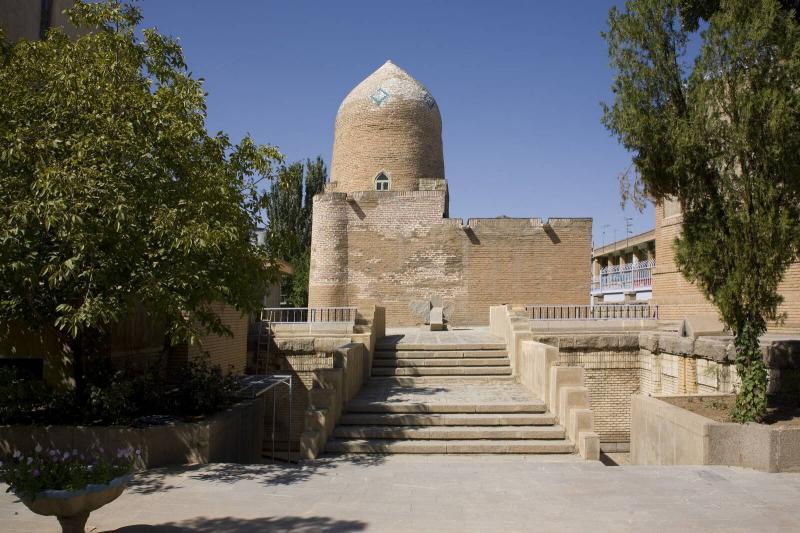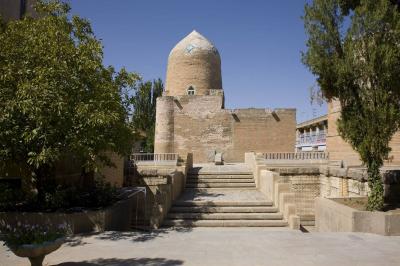One of the most striking sights you will notice when visiting Hamadan is the shrine of "Esther and Mordechai," located in the city center, which hosts Jews from around the world daily.
Many may not know that Hamadan in western Iran is one of the country’s oldest historical cities. Upon your visit, you will be welcomed by countless historical buildings, sites, and ancient tombs. The most notable among them is the shrine of "Esther and Mordechai," which attracts Jews worldwide, particularly Iranian Jews, who visit to seek blessings and perform their religious duties. This site has made Hamadan a tourist destination for Jews and those interested in history; the city is now popular and sees thousands of tourists annually, but interestingly, "Esther and Mordechai" has drawn the largest proportion of these visitors for decades.
Politically, given the importance of this aspect in the daily lives of Iranian citizens, and its pervasive presence in various spheres such as work, home, travel, gatherings, and religious practices, a small number of hardline Iranians regard the shrine of Esther and Mordechai as representing Israel, or rather a consulate it has in Iran. These gatherings often witness protests condemning the Israeli aggression against Gaza and occupied Palestinian territories, during which participants frequently burn Israeli flags and chant slogans against it. Following the Israeli bombing of the Iranian consulate in Damascus on April 2, the methods of protest escalated from flag burning and chanting to throwing incendiary materials in the cemetery area, necessitating intervention from security authorities in the city, who vowed to pursue anyone involved in the attempt to damage this place.
In 2020, just days before International Quds Day, which falls on the last Friday of Ramadan every year, both Iranian and foreign media focused on the incident of the burning of this Jewish shrine by unknown individuals. The director of the Cultural Heritage Department in Hamadan province was the first official to respond, stating that "the exterior building of Esther and Mordechai was burned, but the cemetery was not harmed."
#### About the Shrine of Esther and Mordechai
The tomb of "Esther," the wife of Persian King Xerxes I, who ruled between 485 and 465 BC, alongside her cousin "Mordechai," is the most significant site for Jews in Iran. Esther and Mordechai are key historical figures in Jewish memory, and their tomb is considered one of the most important religious sites for Jews in Iran and worldwide. It is said that Esther persuaded King Xerxes I to allow the Jews to live freely in Iran around 500 BC.
Other Jews do not support the historical narratives surrounding the burial place of Esther and Mordechai, as it does not appear in either of the Talmuds, the "Babylonian" or the "Jerusalem." The first Jewish source to mention this site was the book by Rabbi Benjamin of Tudela, who visited Hamadan in 1067. He reported that around 50,000 Jews lived in Hamadan, where Esther was buried alongside Mordechai in front of the city's synagogue.
This Jewish shrine is made of stone and brick, built in the Islamic architectural style dating back to the 7th century AH, when it was constructed by Arghun Khan, the Mongol. A small stone door, operated by an old latch, is located at the main entrance of the shrine.
#### Jews of Iran
Estimates indicate that the Jewish population in Iran was over 100,000 prior to the overthrow of Shah Mohammad Reza Pahlavi in 1979 and the Islamic Revolution. However, following the Islamic Revolution, the number of Jews dwindled to around 15,000 due to emigration to occupied Palestinian territories, the United States, and European countries in recent years.




